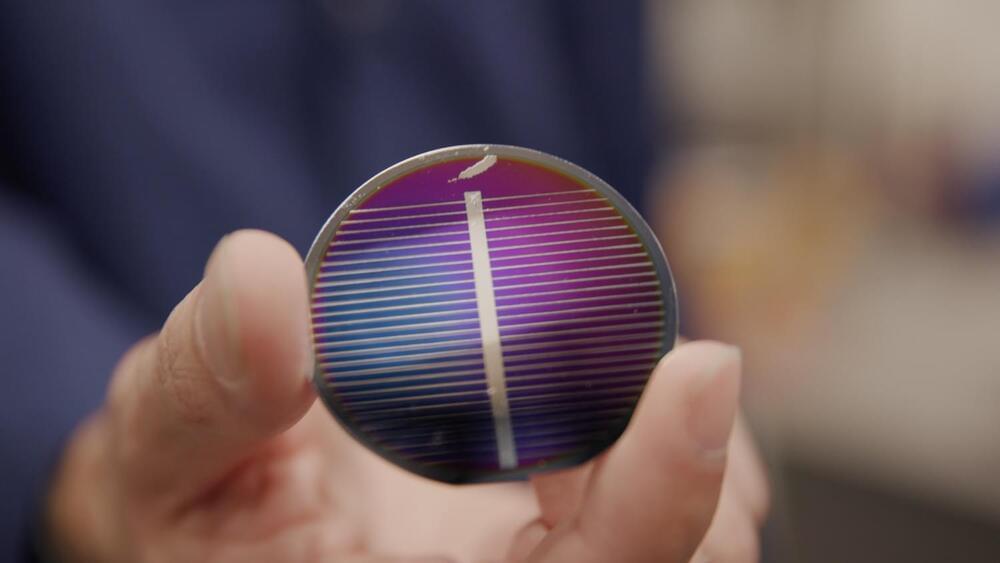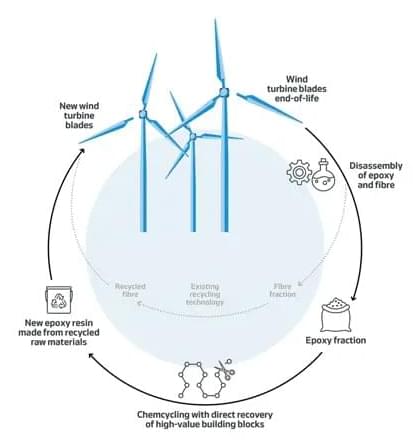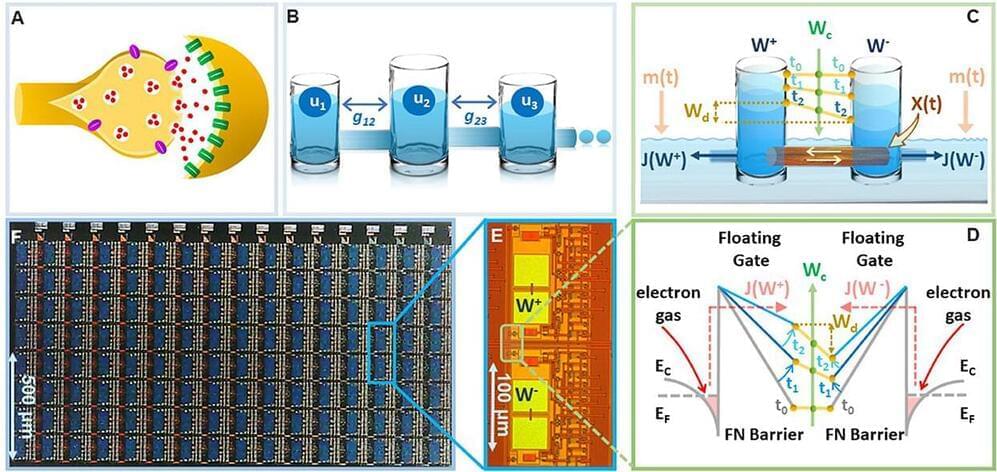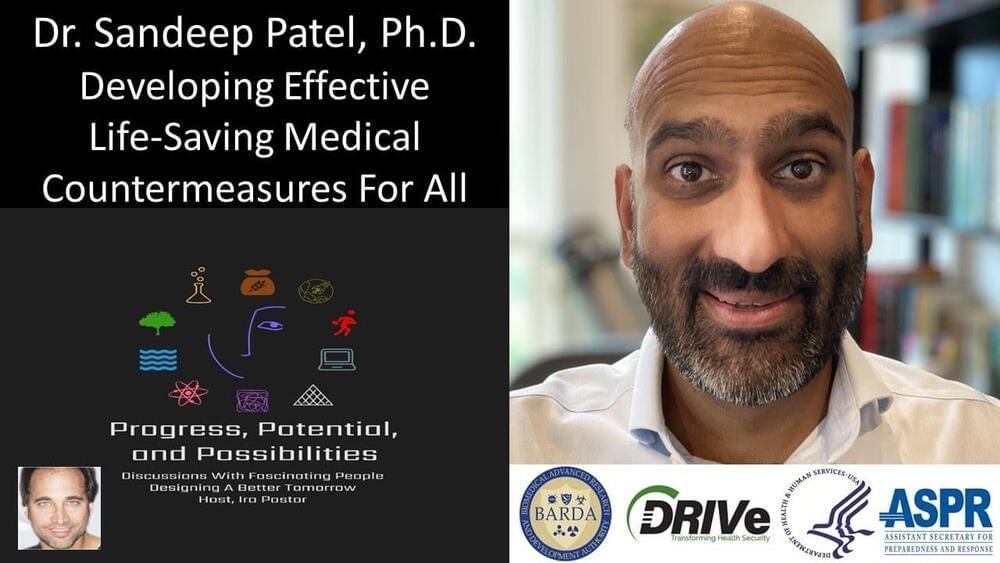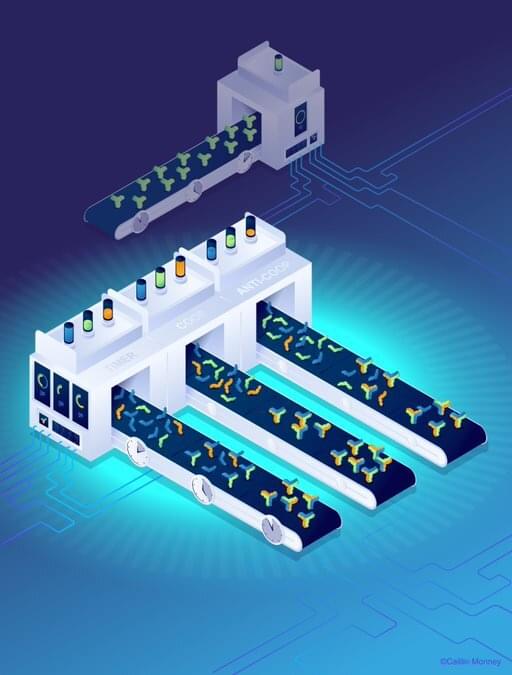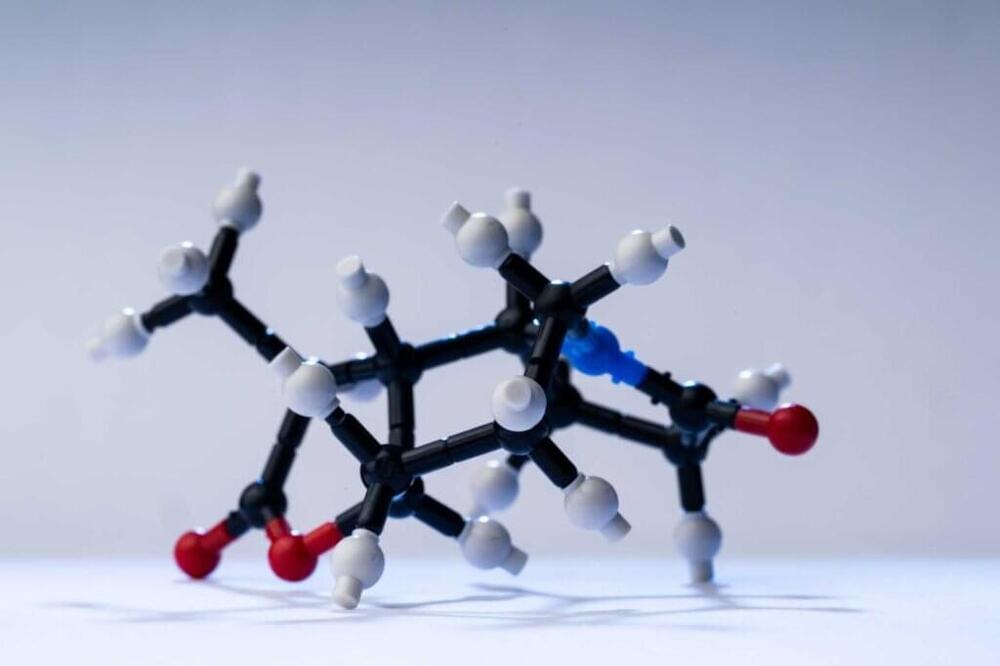Feb 11, 2023
Blue Alchemist Technology Powers our Lunar Future
Posted by Kelvin Dafiaghor in categories: chemistry, energy, space
To make long-term presence on the Moon viable, we need abundant electrical power. We can make power systems on the Moon directly from materials that exist everywhere on the surface, without special substances brought from Earth. We have pioneered the technology and demonstrated all the steps. Our approach, Blue Alchemist, can scale indefinitely, eliminating power as a constraint anywhere on the Moon.
We start by making regolith simulants that are chemically and mineralogically equivalent to lunar regolith, accounting for representative lunar variability in grain size and bulk chemistry. This ensures our starting material is as realistic as possible, and not just a mixture of lunar-relevant oxides. We have developed and qualified an efficient, scalable, and contactless process for melting and moving molten regolith that is robust to natural variations in regolith properties on the Moon.
Using regolith simulants, our reactor produces iron, silicon, and aluminum through molten regolith electrolysis, in which an electrical current separates those elements from the oxygen to which they are bound. Oxygen for propulsion and life support is a byproduct.
